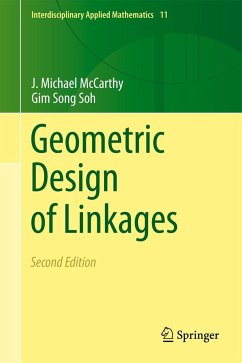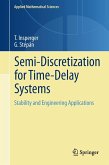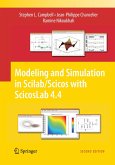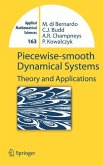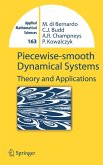This book is an introduction to the mathematical theory of design for articulated mechanical systems known as linkages. The focus is on sizing mechanical constraints that guide the movement of a work piece, or end-effector, of the system. The function of the device is prescribed as a set of positions to be reachable by the end-effector; and the mechanical constraints are formed by joints that limit relative movement. The goal is to find all the devices that can achieve a specific task. Formulated in this way the design problem is purely geometric in character. Robot manipulators, walking machines, and mechanical hands are examples of articulated mechanical systems that rely on simple mechanical constraints to provide a complex workspace for the end- effector. The principles presented in this book form the foundation for a design theory for these devices. The emphasis, however, is on articulated systems with fewer degrees of freedom than that of the typical robotic system, andtherefore, less complexity. This book will be useful to mathematics, engineering and computer science departments teaching courses on mathematical modeling of robotics and other articulated mechanical systems.
This new edition includes research results of the past decade on the synthesis of multi loop planar and spherical linkages, and the use of homotopy methods and Clifford algebras in the synthesis of spatial serial chains. One new chapter on the synthesis of spatial serial chains introduces numerical homotopy and the linear product decomposition of polynomial systems. The second new chapter introduces the Clifford algebra formulation of the kinematics equations of serial chain robots. Examples are use throughout to demonstrate the theory.
This new edition includes research results of the past decade on the synthesis of multi loop planar and spherical linkages, and the use of homotopy methods and Clifford algebras in the synthesis of spatial serial chains. One new chapter on the synthesis of spatial serial chains introduces numerical homotopy and the linear product decomposition of polynomial systems. The second new chapter introduces the Clifford algebra formulation of the kinematics equations of serial chain robots. Examples are use throughout to demonstrate the theory.
From the reviews of the second edition:
"...I found the author had provided an excellent text that enabled me to come to terms with the subject. Readers with an interest in the area will find the volume rewarding." -The Mathematical Gazette (2001)
"The book to review is the most extensive source of the synthesis side, containing all the theoretical basics needed for the design of planar, spherical and spatial linkages. ... this book is a real guide from the very beginnings of synthesis of simple mechanisms to the latest, theoretically involved results in the synthesis of multi-loop planar, spherical and spatial linkages." (Manfred Husty, Zentralblatt MATH, Vol. 1227, 2012)
"...I found the author had provided an excellent text that enabled me to come to terms with the subject. Readers with an interest in the area will find the volume rewarding." -The Mathematical Gazette (2001)
"The book to review is the most extensive source of the synthesis side, containing all the theoretical basics needed for the design of planar, spherical and spatial linkages. ... this book is a real guide from the very beginnings of synthesis of simple mechanisms to the latest, theoretically involved results in the synthesis of multi-loop planar, spherical and spatial linkages." (Manfred Husty, Zentralblatt MATH, Vol. 1227, 2012)

